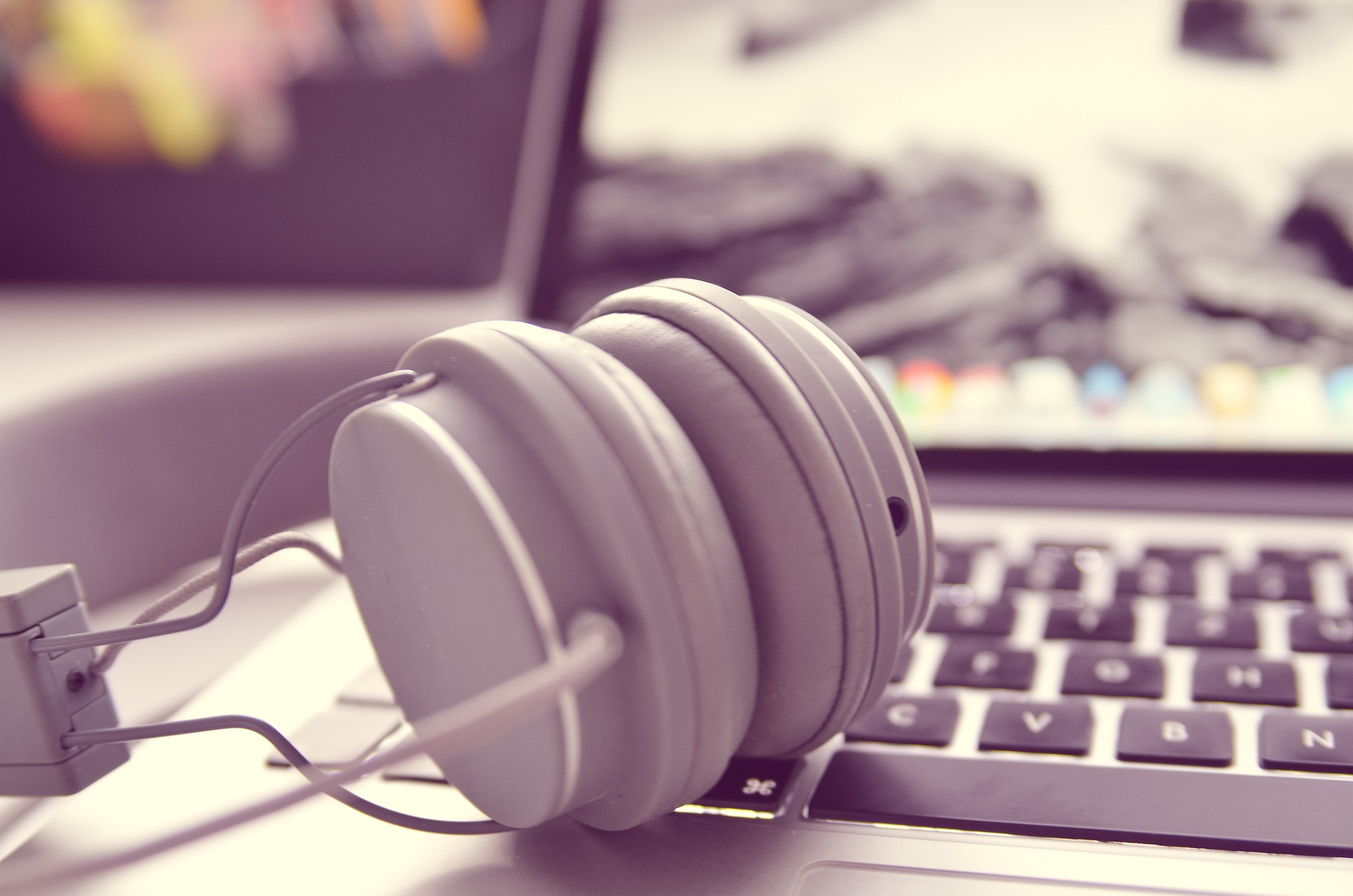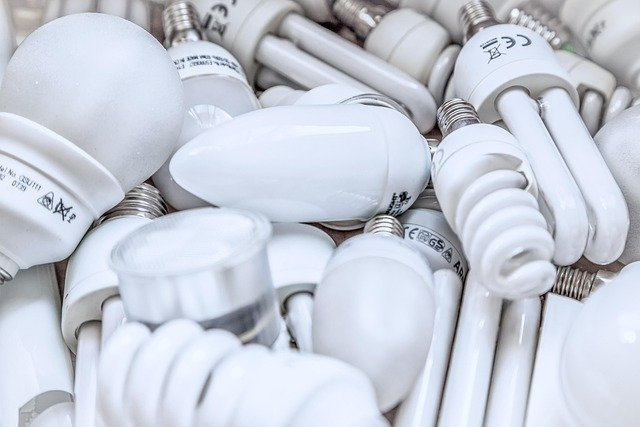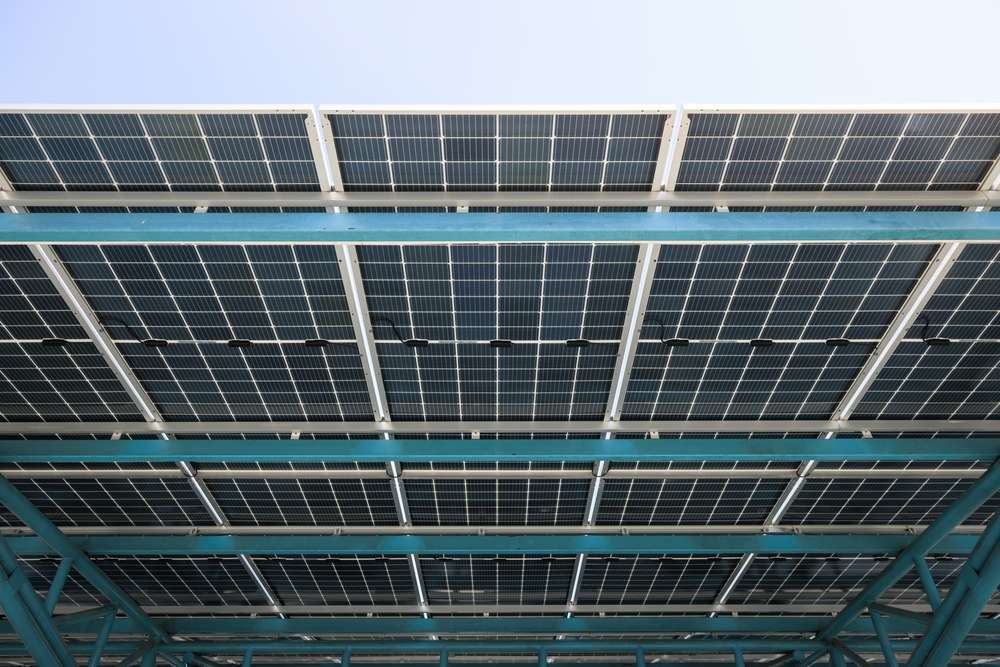Transform Your Home Office with the Latest Tech Innovations
Working from home has become the new normal for millions of Australians, making the home office a crucial space for productivity and success. Modern technology offers unprecedented opportunities to create a workspace that not only enhances efficiency but also promotes wellbeing and creativity. From intelligent lighting systems that adapt to your circadian rhythms to advanced audio solutions that eliminate distractions, today's tech innovations are revolutionising how we work from home.

The modern home office has evolved far beyond a simple desk and computer setup. Today’s remote workers are embracing cutting-edge technology to create environments that rival traditional corporate spaces while offering the comfort and flexibility of working from home.
How Latest Tech Innovations Are Redefining the Modern Home Office
The transformation of home offices through technology represents a fundamental shift in how we approach remote work. Artificial intelligence now powers everything from scheduling assistants to environmental controls, while cloud-based systems ensure seamless collaboration regardless of location. Voice-activated assistants have become central command centres, managing calendars, controlling devices, and even facilitating video calls with simple verbal commands.
Wireless charging stations integrated into desks eliminate cable clutter, while ultra-wide monitors and docking stations create multi-screen setups that boost productivity. Advanced webcams with AI-powered features automatically frame users and adjust lighting, ensuring professional video calls regardless of room conditions.
The Evolution of Home Office Technology and Its Impact on Productivity
Home office technology has progressed through distinct phases, from basic computer setups to sophisticated ecosystems that anticipate user needs. Early remote work relied heavily on laptops and basic internet connections, but today’s solutions integrate multiple devices into cohesive networks.
Standing desks with memory presets automatically adjust throughout the day, promoting better posture and health. Noise-cancelling technology has advanced beyond headphones to include acoustic panels with built-in speakers that create focused work zones. These innovations directly correlate with measurable productivity improvements, with studies showing that optimised home offices can increase output by up to 30%.
Cloud storage solutions now offer real-time collaboration features that make remote teamwork as effective as in-person meetings. Project management platforms integrate with communication tools, creating streamlined workflows that reduce time spent switching between applications.
Smart Lighting and Sound Systems for Enhanced Concentration
Lighting technology has emerged as a critical factor in home office design, with circadian rhythm lighting systems that automatically adjust colour temperature throughout the day. These systems begin with warm, gentle light in the morning, transition to bright, cool light during peak work hours, and gradually warm again in the evening to support natural sleep cycles.
Smart speakers and sound systems now offer spatial audio technology that creates immersive environments for video conferences while providing noise masking for concentration. Binaural beats and focus-enhancing soundscapes can be programmed to activate automatically during designated work periods.
Adaptive lighting responds to ambient conditions, ensuring consistent illumination regardless of weather or time of day. Some systems even incorporate eye-tracking technology to adjust brightness based on screen usage patterns, reducing eye strain during extended work sessions.
| Technology Category | Popular Options | Key Features | Price Range (AUD) |
|---|---|---|---|
| Smart Lighting | Philips Hue, LIFX | Circadian rhythm sync, voice control | $50-$300 |
| Audio Systems | Sonos, Bose | Spatial audio, noise cancellation | $200-$800 |
| Standing Desks | Jarvis, Uplift | Memory presets, wireless charging | $600-$1,500 |
| Webcams | Logitech, Razer | AI framing, 4K resolution | $150-$400 |
| Smart Assistants | Amazon Echo, Google Nest | Voice control, device integration | $80-$250 |
Prices, rates, or cost estimates mentioned in this article are based on the latest available information but may change over time. Independent research is advised before making financial decisions.
Security and Privacy in Connected Home Offices
As home offices become increasingly connected, cybersecurity has become paramount. Modern solutions include VPN routers that encrypt all network traffic, biometric authentication systems, and privacy screens that prevent visual hacking during video calls.
Smart security cameras with AI recognition can distinguish between family members and potential intruders, while privacy modes ensure work calls remain confidential. Secure document storage solutions now offer blockchain-based verification, ensuring sensitive files remain tamper-proof.
Network segmentation technology allows home offices to operate on isolated networks, preventing potential security breaches from affecting personal devices and data.
Future Trends in Home Office Technology
Emerging technologies promise even greater transformation in the coming years. Augmented reality displays are beginning to replace traditional monitors, offering unlimited screen real estate in compact spaces. Holographic conferencing technology is moving beyond science fiction, with early adopters already testing three-dimensional meeting experiences.
Artificial intelligence continues to evolve, with predictive systems that anticipate user needs and automatically optimise office environments. Brain-computer interfaces, while still experimental, show promise for hands-free device control and enhanced focus monitoring.
Sustainable technology integration is becoming increasingly important, with solar-powered devices and energy-efficient systems that reduce environmental impact while maintaining high performance standards.
The modern home office represents a convergence of technology, design, and human psychology. By thoughtfully integrating these innovations, remote workers can create spaces that not only match but exceed the capabilities of traditional office environments. The key lies in selecting technologies that align with individual work styles and productivity patterns, creating personalised ecosystems that adapt and evolve with changing needs.



